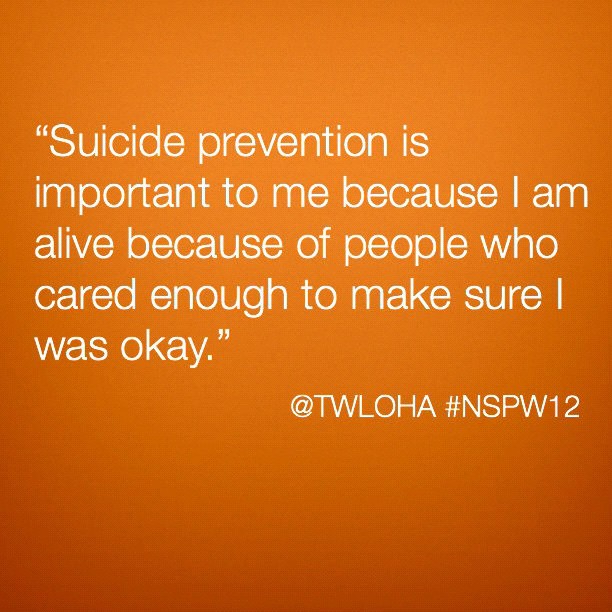(There is a brief, non-graphic reference to suicide in this post. If you are sensitive or thinking about suicide, please consider avoiding. Also, if you are considering suicide, know that there is help available, you are not alone. Call the Lifeline at 1-800-273-8255 to be connected to a crisis center near you or visit their website by clicking here. Please do not suffer in silence when help is just a click or a phone call away.)
_______________________________________________
Peter Pan and the Lost Boys symbolize the importance of never completely growing up despite a society which constantly tells us and expects the opposite of us. There are dreamers among us who manage to hang on to the childlike wonder and awe of all that occurs within our paltry world. Then there are those who prefer we be nothing but straight laced, dry, and act our age, the haughty people who believe life is meant to be lived according to a rule book instead of according to our hearts and souls.
Dead Poets Society captures the very essence of this battle.
Robert Sean Leonard is brilliantly cast as Neil, an artistic soul desperately trapped in a straight-laced life by his father. In fact, the opening scenes foreshadow the weight Neil’s father holds over him when he is forced to quit the school annual after a discussion Neil’s father has with one of the headmasters. Neil quits the annual because as he puts it, “What choice do I have?”
Yet, after meeting Mr. Keating, who dares his classes to do more, to be more, and to ultimately walk to the beat of a different drummer, Neil finds his soul set ablaze. He spearheads the resuscitation of the Dead Poets Society meetings at Welton Academy. He takes his artistic defiance a step further when he auditions for a role in a local theatre’s production of A Midsummer’s Night Dream. This time, instead of worrying about his father’s reaction, he pens a note of permission from his father on the typewriter in his room. Neil is growing, walking to the beat of a different drum, and daring to be his own man. He is embracing the spirit of carpe diem.
Why the change of heart? Is it really Mr. Keating or is it simply that Neil has given himself permission to be who he is finally because for the first time, he has been exposed to someone who says it okay to do so?
Neil’s father predictably discovers his son’s deception and calls him on it the day the play is set to open. His father attends the play, dragging him home afterward. There’s a discussion during which Neil is firmly told he will not be returning to Welton but will instead be attending a military academy. That’s all there is to it, he’s told. The family goes to bed, the father putting his things in their places before he lays down under the covers.
Then, the scene.
It’s a chillingly well done scene, actually, one which draws you into Neil’s mind and the process of suicide one goes through. Each movement, each act, very deliberate. It is this scene during which Neil lets go of his inner child forever, now that he sees only a future ahead of him filled with stuffed shirts, windows of opportunity and doors leading to open fields of passion slamming shut all around him. This life, the one without his inner child, it is not for him, and therefore, he must leave this world.
You see, when we take away the choices a person has, we take away their independence. We steal the very essence of their being, their joy. In a sense, we jack open their mouths and yank their inner child right out when we force someone to conform to a certain methodology of being. If we were all meant to be exactly alike, we would not have originated anywhere other than a factory. Instead, we sprout up all over the world in all sorts of environments, even the most impossible ones.
Our lives are meant to be lived despite our environments. We choose to thrive, we choose to fail. We choose to grow up or remain children. We choose joy, we choose sorrow. We choose to wallow and ruminate or do what we can and let go. Are these easy choices? Hell no. Are they possible choices? Hell yes.
Life is a choice. Thriving, a choice. Stretching yourself way beyond your comfort zone – a choice. Our overall path may not be a choice, but the steps we take along it are our choices to make. We can choose to trod along the muddy road or skip in the rain, stopping to jump in the puddles, giggling as we are covered head to toe in the slimy brown dirt.
What will you choose today? Will you choose to harrumph, put up your umbrella and frown angrily at the gathering clouds?
Or will you pull a Gene Kelly and go singing and dancing in the rain?





